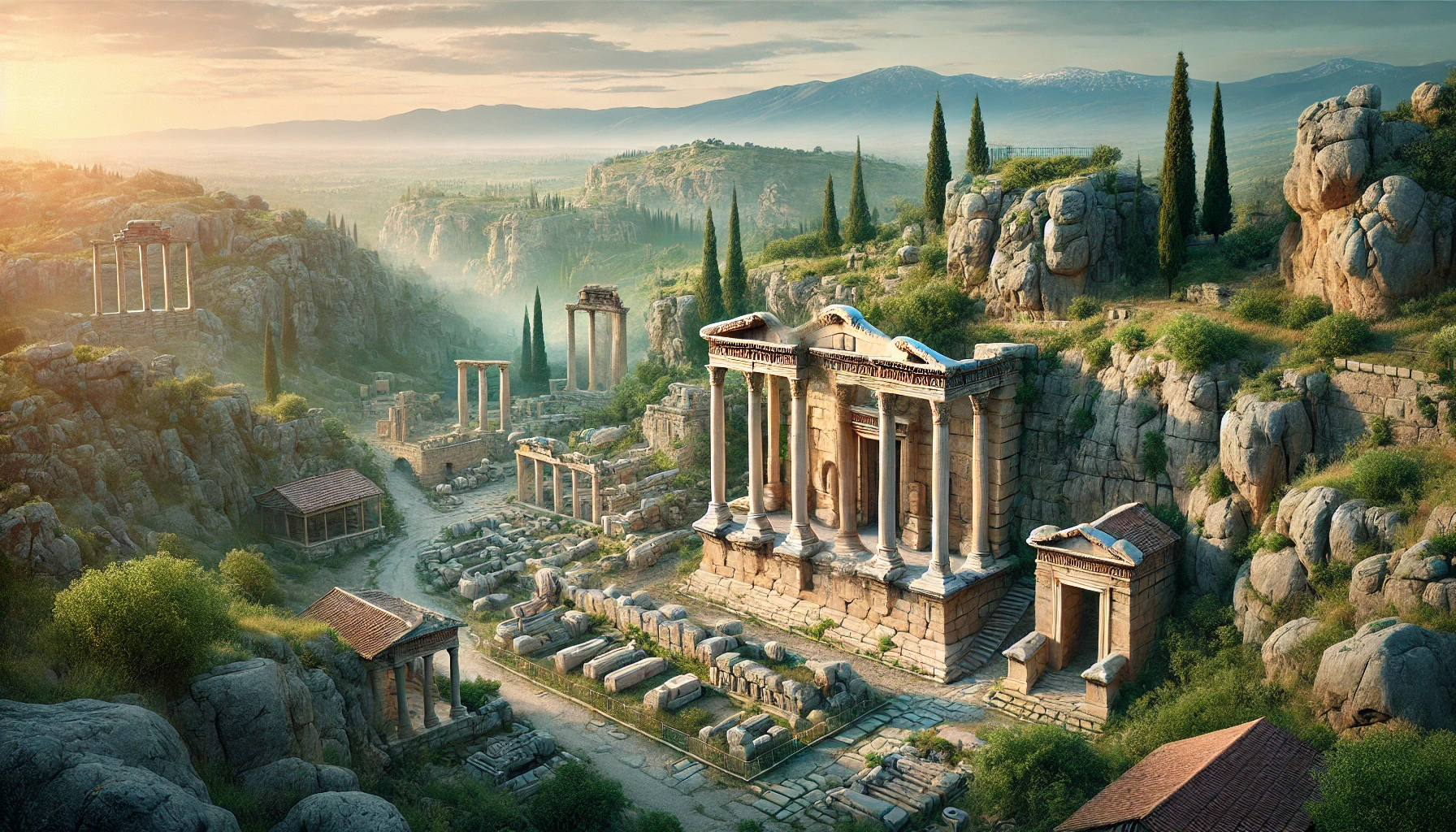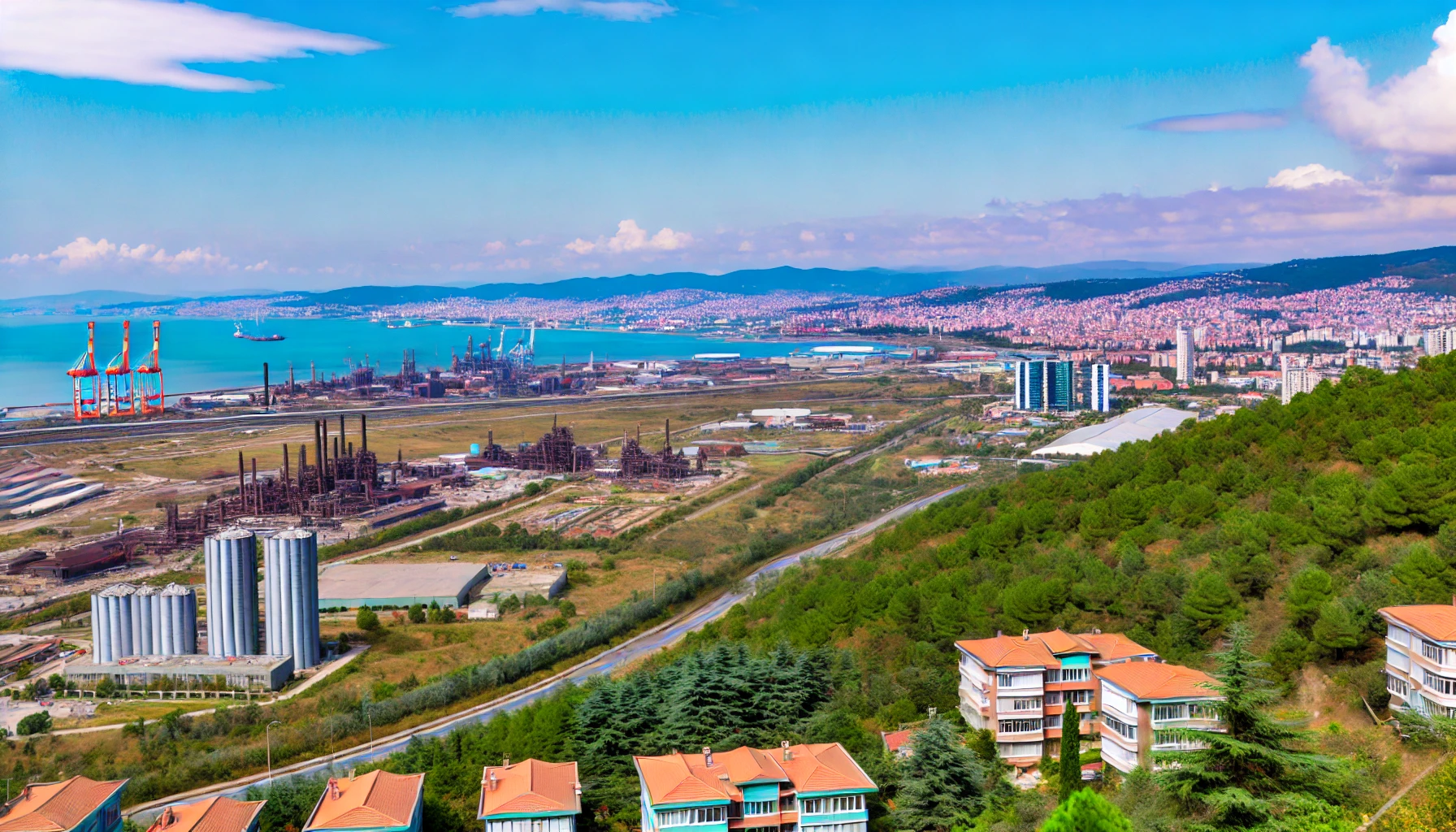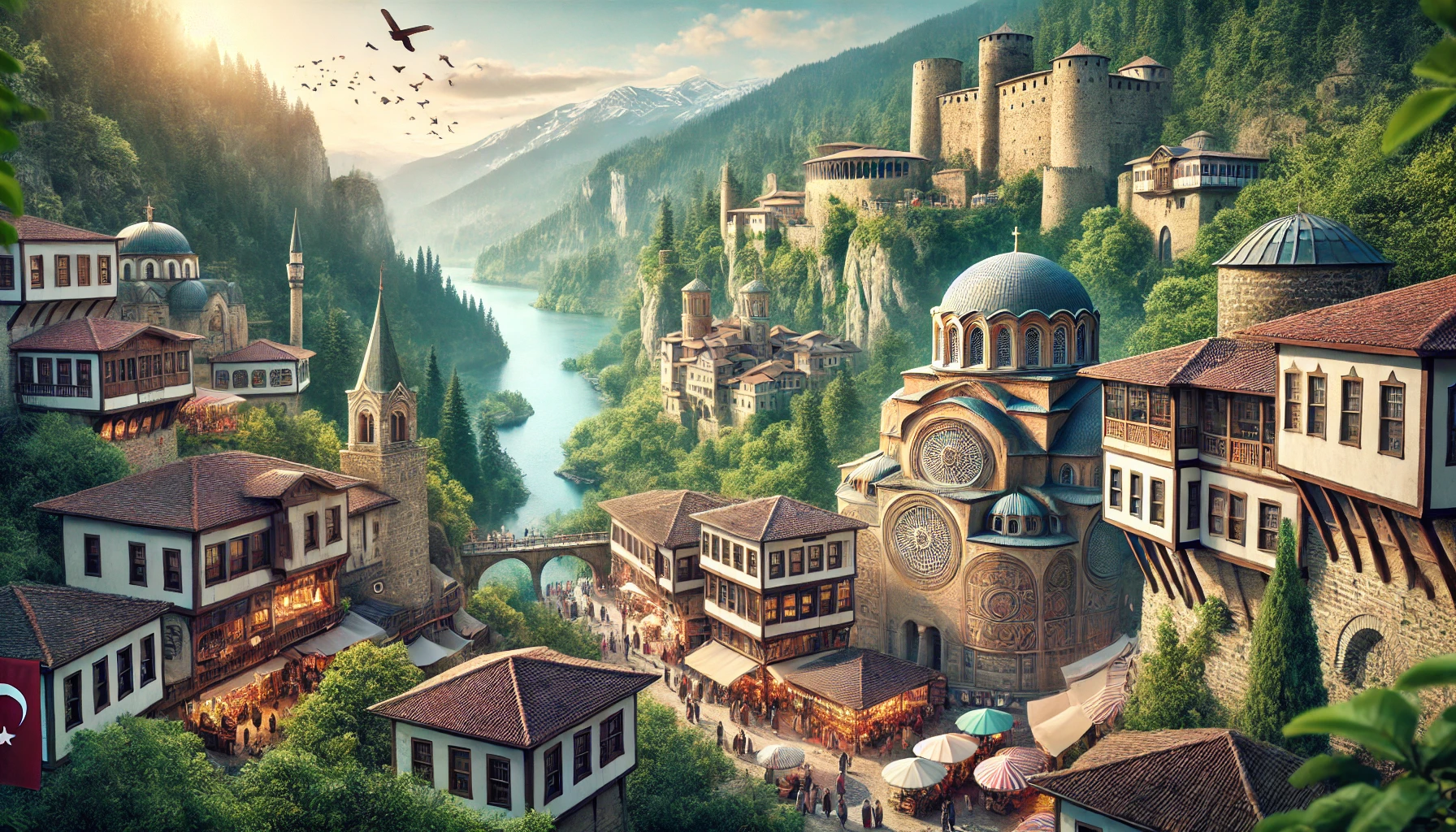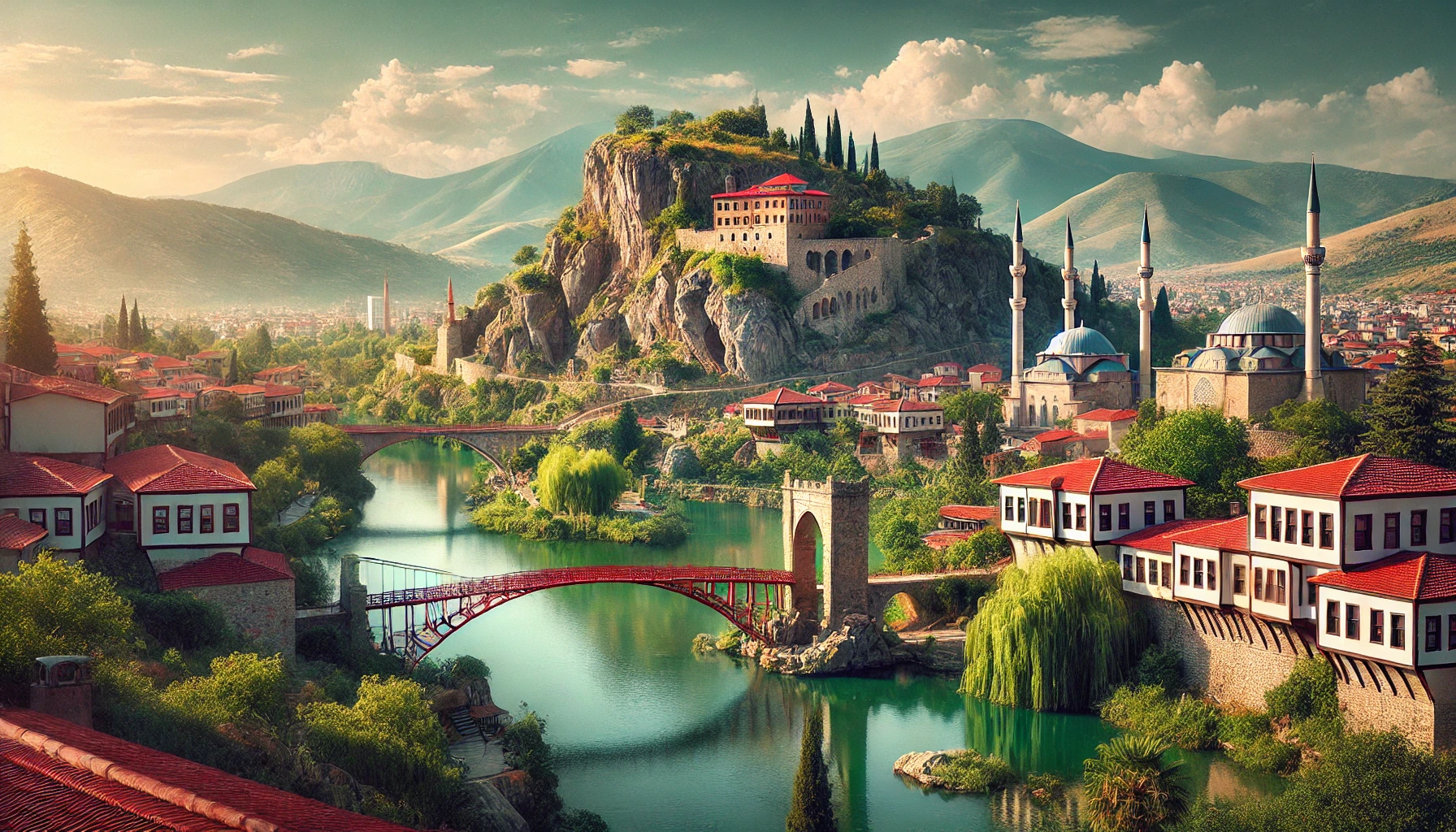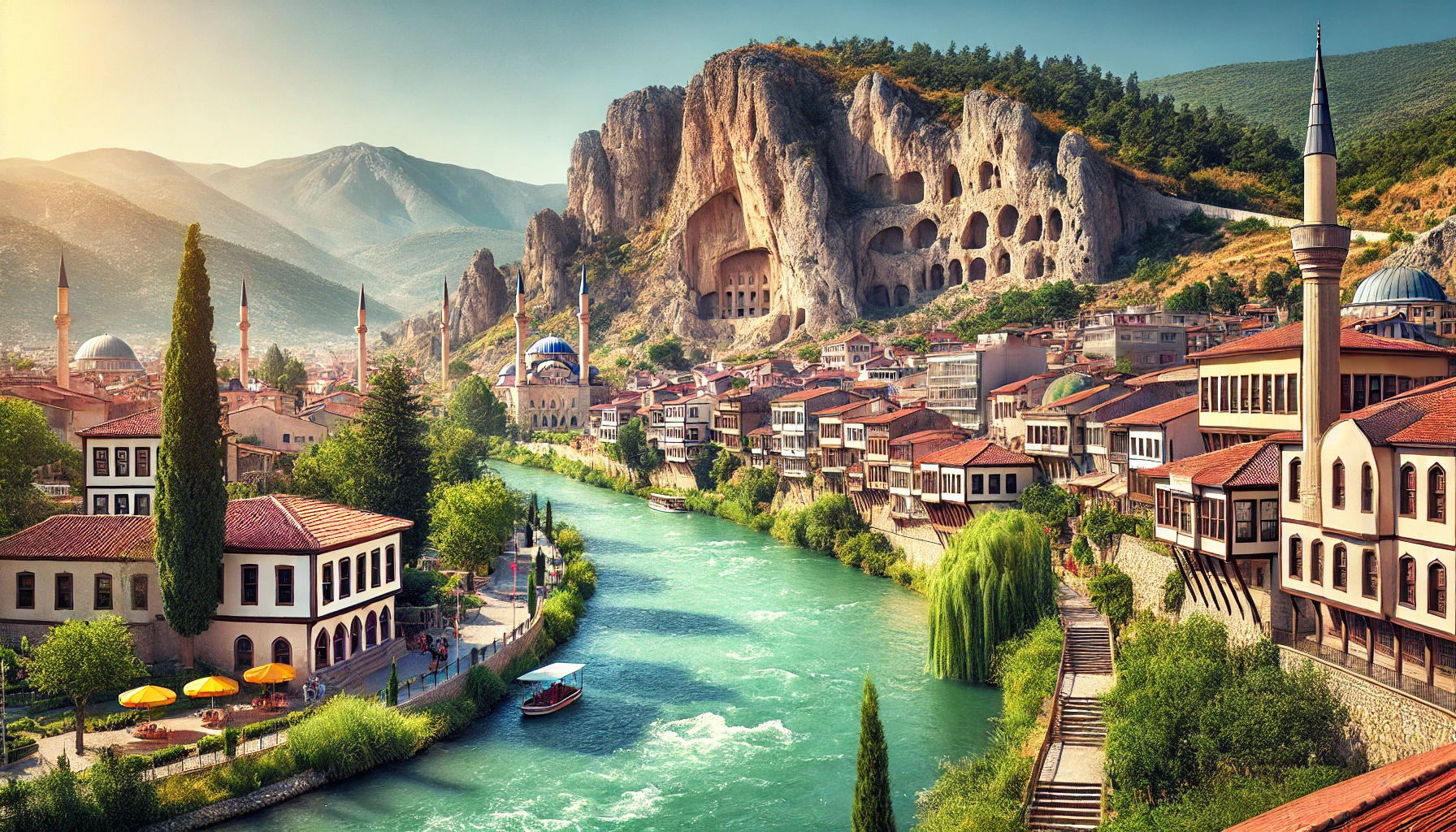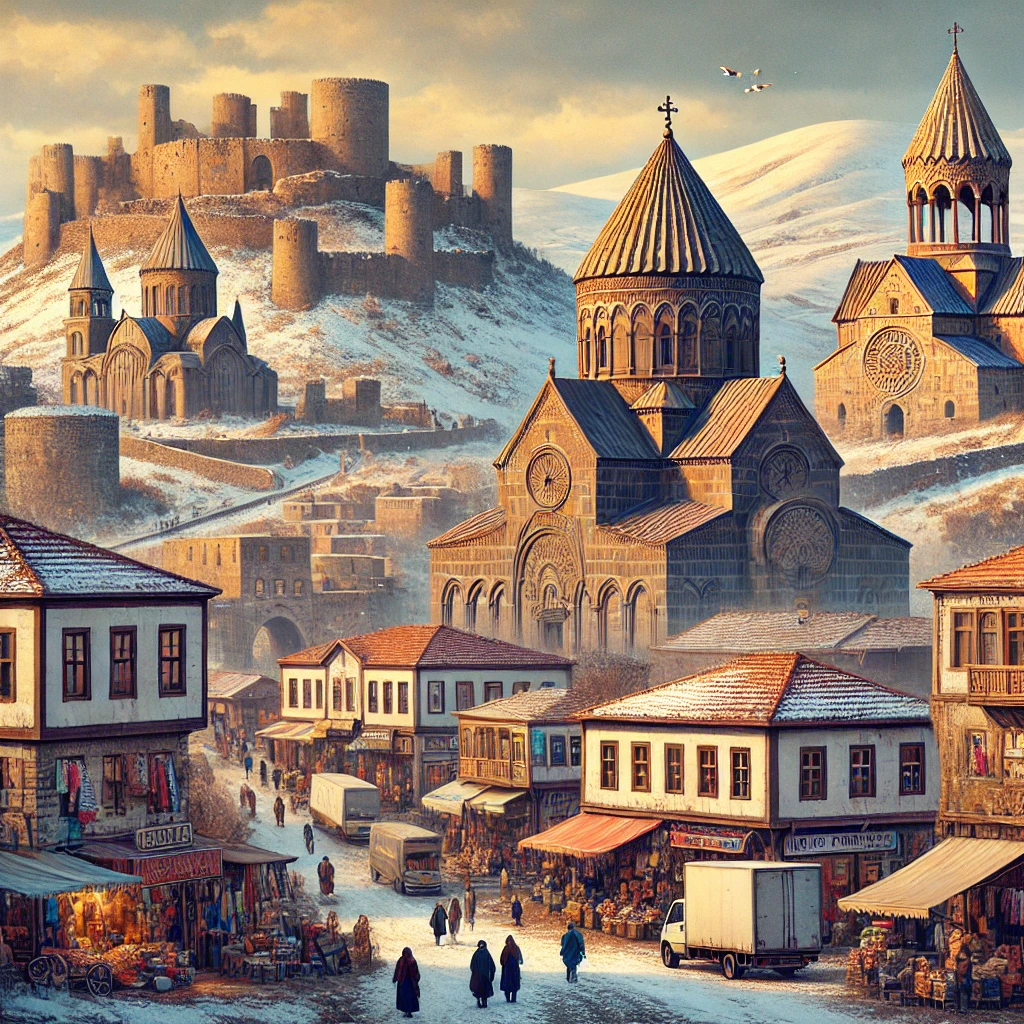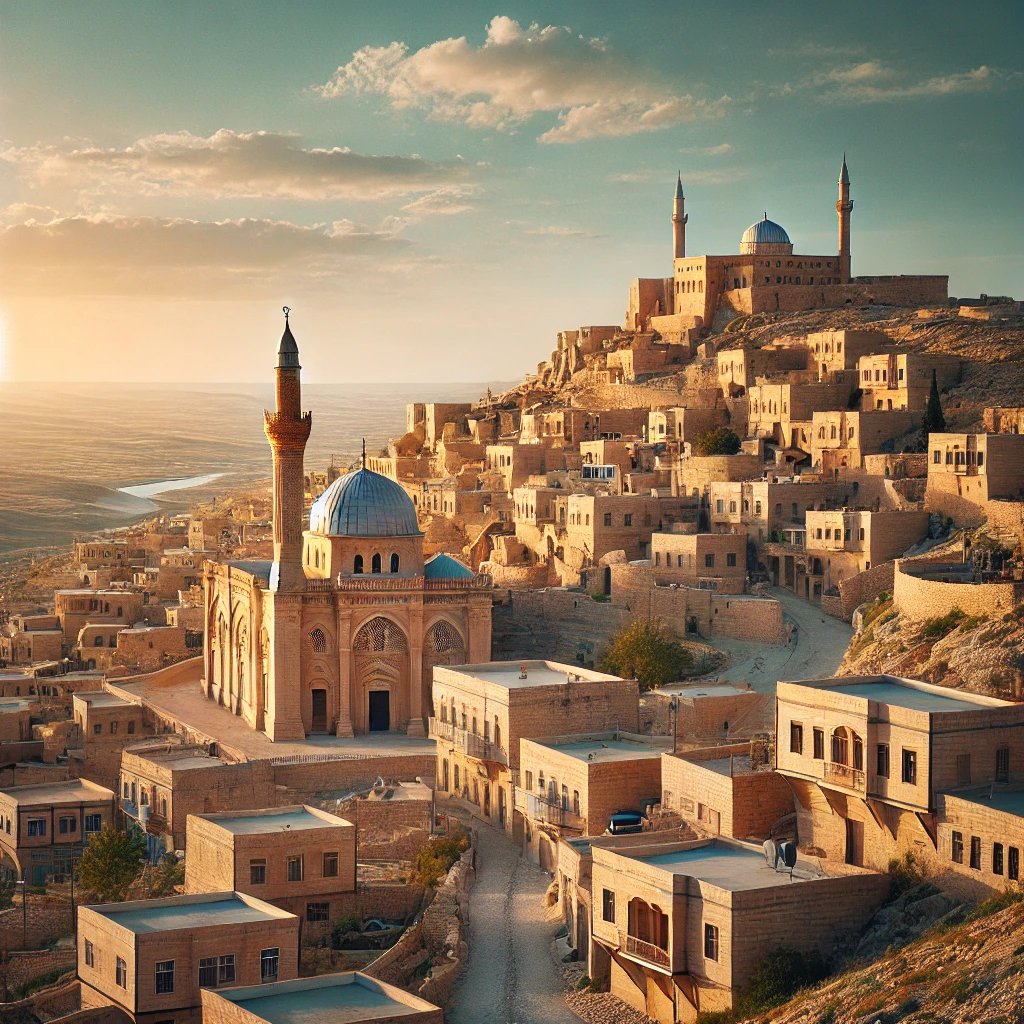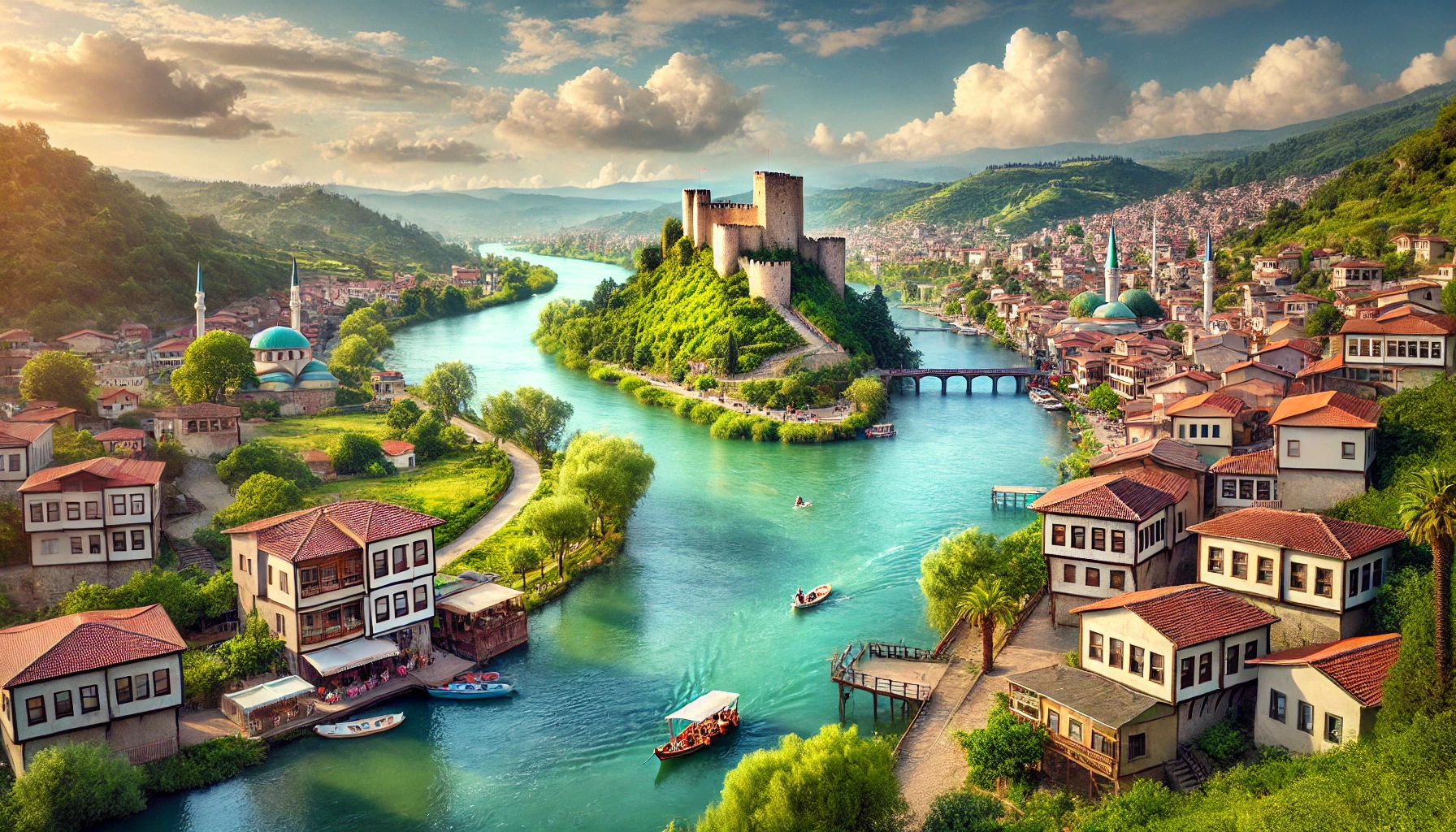Exploring Ḫattuša: The Magnificent Hittite Capital
Ḫattuša, the ancient capital of the Hittite Empire, is a remarkable archaeological site located in the Boğazkale District of Çorum Province, Turkey. This ancient city is notable for its impressive urban organization, rich architectural heritage, and significant influence in Anatolia and northern Syria during the 2nd millennium B.C. For travel enthusiasts and history buffs, Ḫattuša offers a fascinating journey through time. In this article, we will explore the history, key attractions, and cultural significance of Ḫattuša, making it a must-visit destination.
A Glimpse into the History of Ḫattuša
The Hittite Empire and Its Capital
Ḫattuša was the capital of the Hittite Empire, one of the most powerful civilizations in the ancient Near East. The city was strategically located at the southern end of the Budaközü Plain, rising approximately 300 meters above the valley. Divided by the Kızlarkayası creek, Ḫattuša comprised a lower city in the north and an upper city in the south.
Archaeological Significance
The site of Ḫattuša is renowned for its extensive ruins, which include temples, royal residences, fortifications, and rock art. The city’s fortifications, including the famous Lions’ Gate and the Royal Gate, are particularly noteworthy. Additionally, the rock sanctuary of Yazılıkaya, with its rich relief art, offers a unique insight into Hittite religious practices.
Key Attractions in Ḫattuša
The Fortifications
The Lions’ Gate
The Lions’ Gate is one of the most iconic features of Ḫattuša. It is named after the two stone lions that guard the entrance. These impressive sculptures symbolize strength and protection, reflecting the importance of the gate in the city’s defense system.
The Royal Gate
The Royal Gate, another significant structure, is adorned with detailed carvings and inscriptions. This gate provided access to the upper city and was a focal point of ceremonial processions.
The Sphinx Gate
The Sphinx Gate, located on top of a high artificial bastion, features two staircases leading to the gateway and an arched stone tunnel running underneath. This gate is unique for its architectural complexity and the presence of sphinx sculptures, which are thought to protect the city from evil.
The Great Temple
The Great Temple, located in the lower city, is the best-preserved ruin of a Hittite temple from the 13th century B.C. This temple was dedicated to the chief deities of the Hittite pantheon and served as a major religious center.
Architectural Details
Visitors can explore the remains of the Great Temple, including its massive foundations and intricately carved stone blocks. The temple’s layout and design provide insights into Hittite religious practices and architectural skills.
The Rock Sanctuary of Yazılıkaya
Yazılıkaya, an open-air rock sanctuary, lies 2 kilometers northeast of Ḫattuša. It consists of two natural chambers cut into the bedrock, adorned with the richest and most striking samples of Hittite relief art.
The Relief Art
The walls of Yazılıkaya are covered with depictions of gods and goddesses, as well as figures of the Great King Tuthaliya IV. These reliefs offer a fascinating glimpse into Hittite mythology and religious beliefs.
Other Notable Structures
The Nişantepe Inscriptions
The upper city of Ḫattuša is home to the longest known Hittite hieroglyphic inscription, found at Nişantepe. This inscription provides valuable historical and linguistic information about the Hittite Empire.
The Kayalı Boğaz Ruins
Located 1.5 kilometers east of the King’s Gate, Kayalı Boğaz is a large fortified settlement mentioned in cuneiform inscriptions. It may have served as an outpost to control the main roads leading to Ḫattuša.
The Natural Beauty Surrounding Ḫattuša
The İbikçam Forest
The İbikçam Forest, situated south of Ḫattuša, represents one of the last remaining examples of the dense forests that once covered the mountains during Hittite times. This forest adds to the scenic beauty of the area and offers opportunities for nature walks and exploration.
The Budaközü Plain
The Budaközü Plain, with its rolling hills and fertile lands, provides a picturesque backdrop to the ancient ruins. Visitors can enjoy the natural landscapes and appreciate the strategic location of Ḫattuša.
Visiting Ḫattuša: Practical Information
Getting There
Ḫattuša is located in the Boğazkale District of Çorum Province, approximately 200 kilometers from Ankara. The site is accessible by car, bus, and organized tours.
Transportation Options
Visitors can drive to Ḫattuša from Ankara or other nearby cities. Buses and organized tours are also available, offering guided visits and detailed insights into the site’s history.
Best Time to Visit
The best time to visit Ḫattuša is during the spring (April to June) and autumn (September to November) when the weather is mild and pleasant. These seasons provide comfortable conditions for exploring the ruins and enjoying the natural surroundings.
Accommodation
Boğazkale and the surrounding area offer a range of accommodation options, from budget-friendly guesthouses to more comfortable hotels.
Recommended Stays
Staying in Boğazkale provides easy access to Ḫattuša and other nearby attractions. Popular options include the Hittite Houses Hotel, which offers a blend of modern comfort and traditional Turkish hospitality.
Travel Tips
- Wear Comfortable Shoes: Exploring the ruins involves walking on uneven terrain, so comfortable footwear is essential.
- Stay Hydrated: Carry water, especially during the hot summer months, to stay hydrated while exploring.
- Respect the Ruins: Be mindful of the historical significance of the ruins and avoid climbing or touching fragile structures.
Why Ḫattuša is a Must-Visit Destination
Rich Historical Legacy
Ḫattuša offers a deep dive into ancient history, with its well-preserved ruins and fascinating artifacts. The city’s significance as the capital of the Hittite Empire makes it a captivating destination for history enthusiasts.
Architectural Marvels
The impressive architectural remains, including the fortifications, temples, and rock sanctuary, showcase the city’s rich cultural heritage. These structures provide a tangible connection to the past and highlight the architectural prowess of the Hittites.
Natural Beauty
The natural beauty surrounding Ḫattuša, including the İbikçam Forest and the Budaközü Plain, adds to the site’s appeal. Visitors can enjoy scenic views and a tranquil atmosphere, creating a serene and picturesque setting.
Conclusion: Discovering the Wonders of Ḫattuša
Ḫattuša, with its rich history, stunning ruins, and beautiful natural surroundings, is a hidden gem in Turkey’s archaeological heritage. From the grand fortifications and the Great Temple to the intricate reliefs at Yazılıkaya, Ḫattuša offers a diverse range of experiences for travel enthusiasts. As you explore this ancient city and its surroundings, you’ll uncover the stories of a bygone era and create lasting memories.
Latest Update: Jul 21, 2024
Your Content Goes Here
TAGS: ancient city of Ḫattuša, Hattusa, Ḫattuša travel guide, Ḫattuša Turkey, Hattusha, historical sites in Turkey, Hittite capital, Hittite ruins, Lions' Gate Ḫattuša, Royal Gate Ḫattuša, Turkey tourism, Yazılıkaya sanctuary
Welcome to Çorum
A brief summary of the key points in this article.

